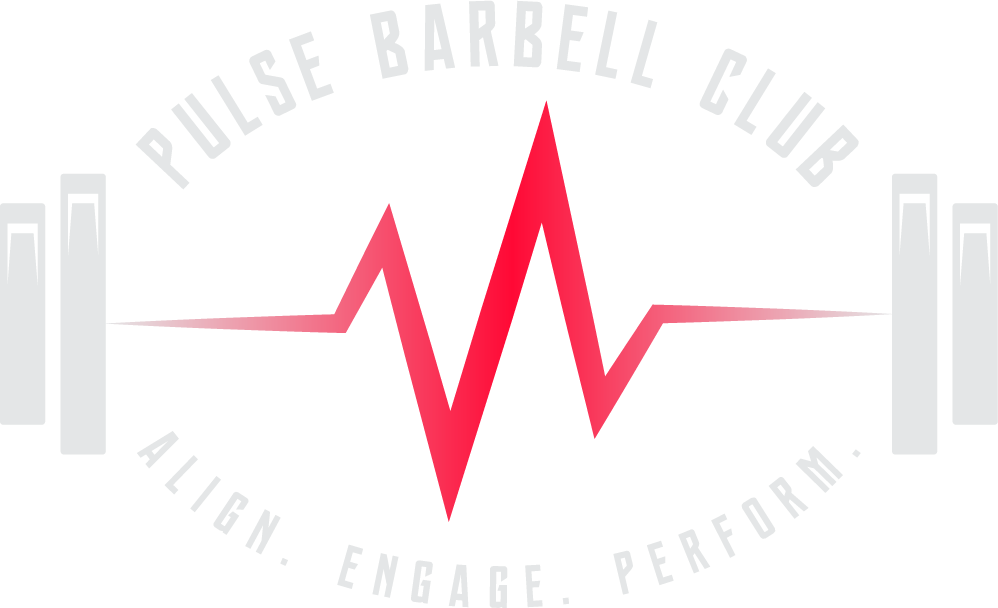The Basics: Creating A Strength Training Program
Whether you’re planning to compete in powerlifting, or simply looking to feel better by losing fat + building muscle, using a structured strength training program will help you tremendously. Before we get started, I’d first like to quickly dispel some common preconceived notions associated with weight training, in specific. I’ve heard the argument from many women that lifting weights will make them look “bulky,” or “too muscular,” or “manly.” This is simply not true! In fact, strength training tends to decrease fatty tissue around the problem areas (stomach, arms, back, butt, etc.) and accentuate the natural shape of your muscles in those very spots. In short, strength training will enhance your physique in the best way possible! The second argument people make is that they’re limited by injury (back pain, bad knees, hip pain, shoulder pain, you name it!). While in some cases this may be true, the fact is, the same exercises that you feel should be avoided are actually the ones that will decrease your pain dramatically. Now that we’ve cleared the air, let’s get started!
Establishing a goal: This is the very first step towards developing your program. What are you looking to achieve? Lose 10 pounds by the wedding? Compete in a competition? Improve your lifting technique? Maintain your weight while losing fat and gaining more muscle? Improve your total as a powerlifter? Maybe you have multiple goals! Whatever they may be, you need to identify them. Now that you’ve established your goal, we can move on to step number two.
Mapping your plan: This is where it helps to have a knowledgable coach that understands exercise physiology + nutrition; or in other words, someone who understands how our bodies improve through the use of training and eating. A good coach will help make informed decisions regarding realistic timelines, expectations, and execution. If you’re flying solo, don’t worry! There are tons of trustworthy, educational lifting channels available to you online, and simple-to-use nutrition trackers like MyFitnessPal that will help you stay the course. Here are some bullet points outlining how to create a successful training framework:
Timeline: This is an important starting point; if you don’t know when to plan for, you won’t know how to plan for it. If your goal is general and doesn’t have a specific timeline (ex. staying healthy and getting stronger), it’s still very important to incorporate smaller sub-goals within your program to help keep you motivated. If your goal has a specific end date it’s essential that you map your plan accordingly. Once you’ve identified the timeframe you’re working with, you’ll want to break down each week to create sub goals; each one you hit bringing you closer to the finish line. If you’re a beginner, don’t be afraid to start small!
Scheduling: Let’s use a 5-week time period in which we’re planning to increase full body strength and lose 5 lbs. One way we can break this down is by planning your progression ahead of time. Keep in mind, you’re most likely operating around a life + work schedule; create realistic expectations to increase your chances of success. Take note of how much time you’re willing to commit to a workout program on a weekly basis, and use that as a reference when creating your routine. Here’s what your plan for this scenario might look like:
Name: Jane Doe
Time I’m willing to commit: 4-6 hours per week
Ongoing weekly goal: lose 1 pound per week + hold myself accountable to weigh-in every Monday to make sure I’m on track!
Week 1- I’ve been inactive for the past 3 weeks-> Goal is to make it to the gym for 2 days of full body weight training, 1 day of zone 2 cardio (45 mins)
Week 2- In the past I’ve been able to progress pretty quickly-> Goal is to turn the workouts up a notch and add a second day of zone 2 cardio (+45 mins)
Week 3- I’ll be past the half-way point! -> Goal is to add a third day of strength training and split it M/W/F, focusing on lower/upper/lower, respectively
Week 4- Stay the course, Jane! -> Goal is to maintain last week’s schedule
Week 5- Last week -> challenge myself by increasing the weights I’m using during my strength training
Exercise selection: This is highly variable based on your desired destination, so I’ll make my recommendations as non-specific as possible. In most cases, you’ll want to prioritize compound movements first. This would include some variation of squat (bodyweight, barbell, etc), pushing motions (bench press, push-up), pulling motions (rows + pull-ups), and a deadlift variation (barbell, hex bar, single leg). All of these movements will provide the fastest route to building muscle and burning fat, so as you’re laying out your weeks, be sure to incorporate these strength movements as frequently as possible.
Executing your plan: Now that the logistics are out of the way, it’s time to execute! This can be either the hardest part or the easiest, depending on your level of motivation and discipline. If getting started feels daunting, just remember that you’ve made a plan for a reason. You’ve done so because you’re making a commitment to getting stronger and feeling better, and you understand that mapping your plan will help bring you success. Put trust in yourself and in your program, while realizing that sometimes the first step is all you need for things to click.
Maintaining Consistency: I wanted to add this topic in order to highlight something very important: none of the previous steps matter if your actions don’t match your plan! Sticking to your routine is by far the most important ingredient in creating actual progress, which is why creating realistic goals is critical. To finish, I’ll leave you with one of my favorite quotes: “Consistent action creates consistent results.” -Christine Kane

